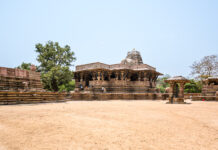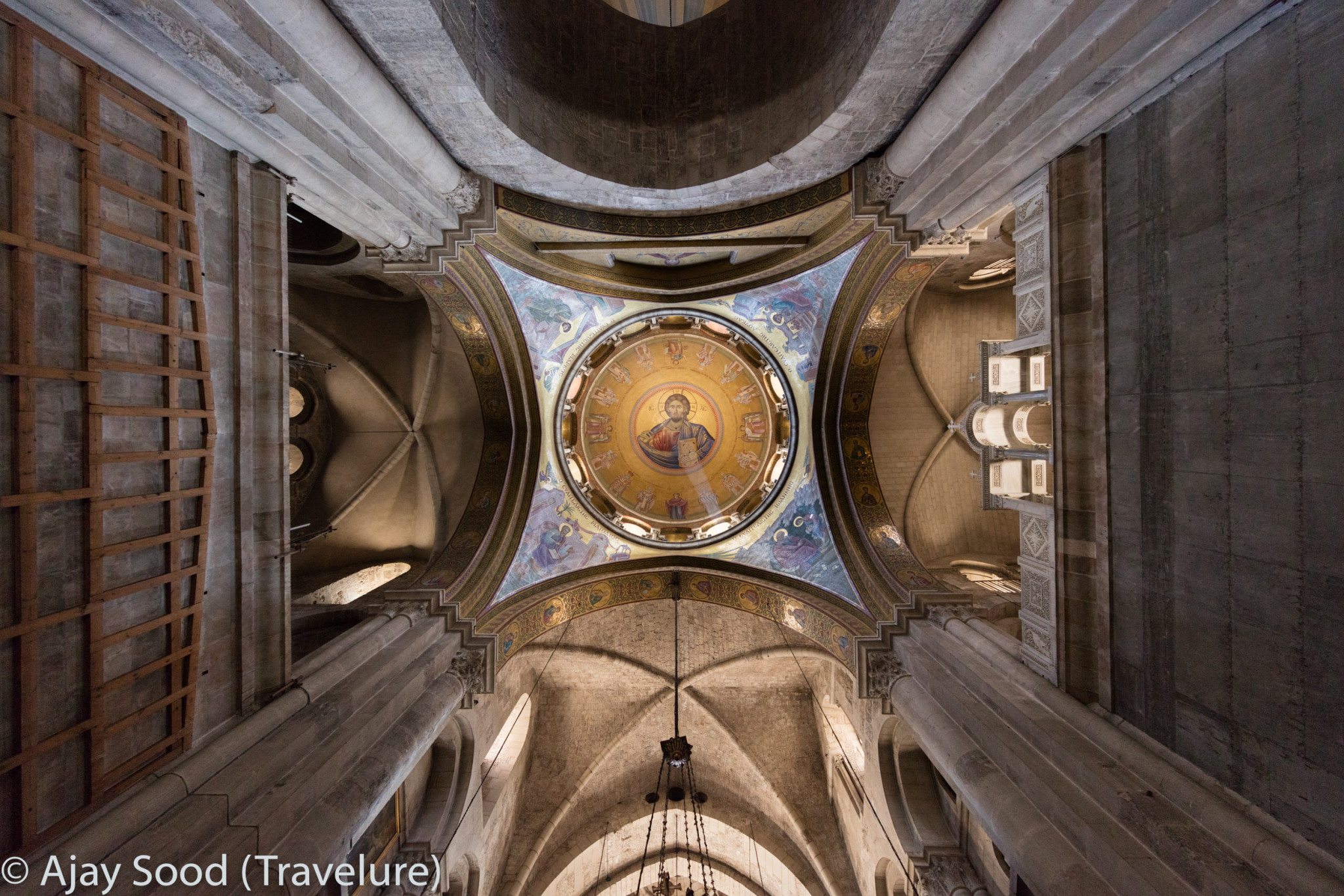Pashupatinath Temple Kathmandu – The Place to Die
Every year, hundreds of Hindus land here in search of death. No, nothing ominous about it. But just the belief that if a person dies here, he’ll be reborn as a human, regardless of his misdeeds in this life. The astrologers predict here the exact date of death. Its location on the banks of the Bagmati River, close to the holiest Hindu cremation ghat in Kathmandu, supports this belief.

Faith apart, this 5th-century temple has been inscribed on the UNESCO’s World Heritage Sites List in 1979 as the joint inscription called Kathmandu Valley, which covers 7 monument groups across 3 cities in Nepal – Kathmandu, Patan, and Bhaktapur.

The Temple – History and Architecture
The exact date of establishment of the temple is not known, though one school of thought believes it to be the 5th century CE. Others believe it existed 39 generations before the reign of King Manadeva (464-504 CE). The current structure dates back to 1692.

There is a mythological legend surrounding the Shiva linga inside. The devotees believe that Lord Shiva and his consort, Parvati, changed their form into a deer and walked the valley. Gods caught up with him and held him by the horn. The horn broke and people worshipped it as the Shiva linga. Since Shiva had appeared here in an animal form, the worshippers called him Pashupatinath (Lord of the animals).
The temple is a 2-storeyed pagoda with a sloping roof and spire. A square platform forms the base of the entire structure and the interior of the temple has a corridor that surrounds the sanctum sanctorum. The four doors leading into the temple are ornate and covered in silver. The spire on top is covered with gold. Wooden rafters with stunning carving support the structure.

2015 Earthquake and Pashupatinath Temple
The devastating earthquake of April 2015 damaged most heritage sites in Kathmandu including the famed Durbar Square. But, Pashupatinath Temple escaped unscathed. Experts have analysed the structural features of the temple handle its ability to withstand an earthquake of massive magnitude.

An interesting aside of Pashupatinath Temple is that an exiled Nepalese king, Rana Bahadur Shah, was so homesick that he commissioned an exact replica of the Pashupatinath temple in Varanasi. Even today, you can see the Nepalese pagoda-style temple off the Lalita Ghat in Varanasi, and locals call it Nepali Temple.
Pin this legend!




















